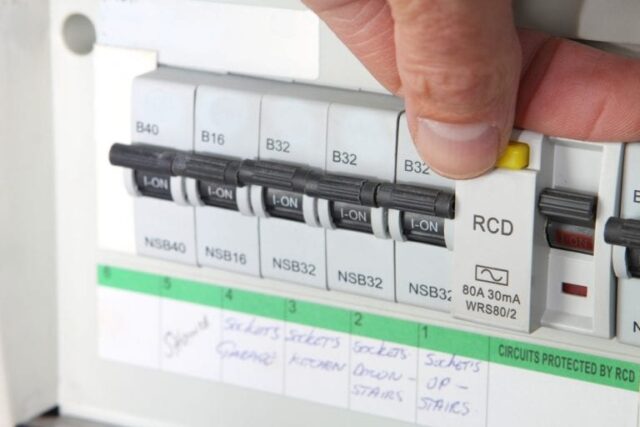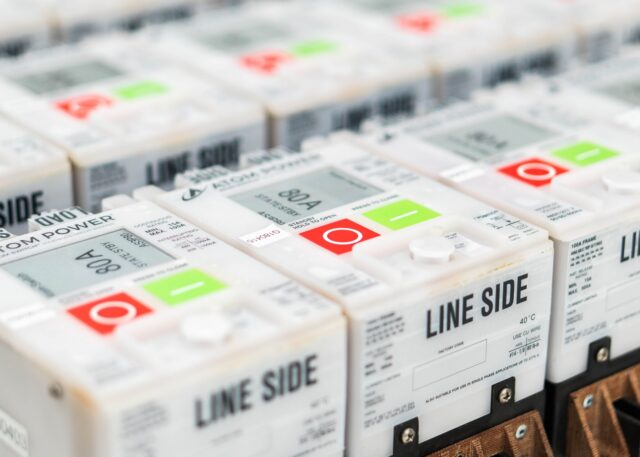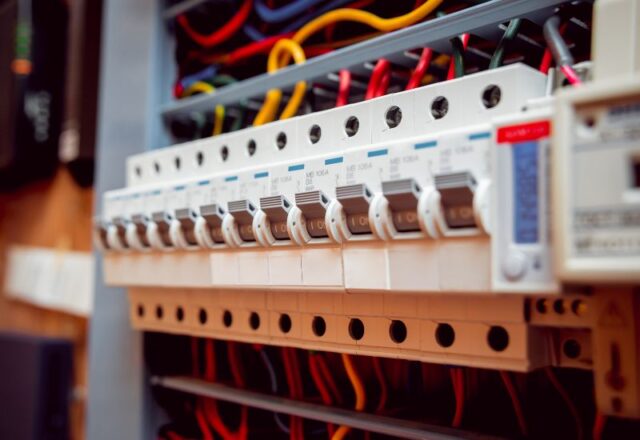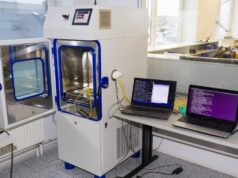
The world of electrical systems is undergoing a significant transformation thanks to breakthroughs in circuit breaker technology. This revolutionary change, often referred to simply as ‘breaker,’ is not just a step but a giant leap in electrical engineering. Electric Companies are at the forefront of this innovation, pushing the boundaries of what’s possible in power management and distribution.
The Evolution of Circuit Breakers
Historically, circuit breakers have been fundamental in controlling and protecting electrical circuits. Their primary role is to interrupt current flow after a fault is detected, a crucial function in preventing electrical fires and other hazards. However, recent advancements have taken these devices far beyond their traditional roles. Modern breakers are smarter, more energy-efficient, and have advanced features that enhance safety and reliability.

Intelligent Monitoring and Control
One of the standout features of modern circuit breaker is their ability to monitor and control electrical systems intelligently. Equipped with sensors and digital interfaces, these devices can provide real-time data on electrical usage, detect irregularities, and even predict potential issues before they arise. This level of intelligence is crucial in industries where power stability is non-negotiable.
Energy Efficiency and Sustainability
In today’s world, energy efficiency is not just a buzzword but a necessary pursuit. Advanced breakers play a pivotal role in this regard. By optimizing power distribution and minimizing waste, they contribute significantly to reducing a facility’s overall energy consumption. Companies like Schneider Electric that have been instrumental in incorporating these eco-friendly features into their breaker designs.
Enhanced Safety Features
Safety is paramount in electrical systems, and the new generation of circuit breakers considers this more than ever. With features like arc fault detection and ground fault interruption, these breakers are designed to react quicker and more accurately to potential dangers, thereby offering enhanced protection against electrical fires and other risks.

Impact on Industries and Infrastructure
The implications of these innovations are vast, impacting a range of industries from manufacturing to healthcare. In sectors where power reliability is critical, such as hospitals or data centers, the advanced features of modern breakers ensure uninterrupted operation. Similarly, these devices offer a new level of safety and efficiency in residential and commercial buildings.
Integration with Renewable Energy Sources
The breaker revolution is key in integrating renewable energy sources like solar and wind power into the grid. Advanced circuit breakers are essential for managing the variability of these green energy sources, ensuring a stable and reliable power supply. Smart breakers also optimize renewable energy use by efficiently directing power between the grid, storage systems, and consumption areas.
Advancements in Digital Connectivity
The digital connectivity of circuit breakers, enhanced by IoT technology, enables communication with other smart systems for more efficient energy management in buildings and industrial complexes. This advancement boosts operational efficiency and supports remote monitoring and maintenance, reducing downtime and enhancing safety.

The Role of AI and Machine Learning
AI and Machine Learning are increasingly vital in the breaker revolution, enabling circuit breakers to learn and enhance performance over time. AI-driven predictive maintenance anticipates and addresses issues before failures, reducing downtime. Additionally, AI optimizes energy consumption by analyzing usage patterns, boosting energy efficiency. This smart power management approach is already in use in modern electrical systems.
The Future of Electrical Systems
As we move forward, the role of advanced circuit breakers in shaping the future of electrical systems cannot be overstated. With the increasing demand for smart and sustainable buildings, integrating these innovative devices will become standard practice. Moreover, as we embrace renewable energy sources, the flexibility and adaptability of modern breakers will be key in managing these new forms of power generation and distribution.
Cost-Benefit Analysis
Investing in advanced circuit breakers, while initially more costly, offers substantial long-term benefits. The initial investment goes into acquiring technologically superior devices that promise improved energy efficiency and enhanced safety features. These features lead to long-term savings in energy costs, reduced maintenance expenses, and minimized risk of costly downtime due to electrical failures.
Moreover, these circuit breakers often come with advanced diagnostic capabilities, allowing for proactive maintenance and efficient energy management. This not only extends the life of the electrical system but also optimizes its performance, contributing to overall operational efficiency. In the long run, the cost of investing in these advanced systems is offset by the savings and the added value they bring to electrical infrastructure, making them a smart and cost-effective choice for modern electrical applications.

Regulatory and Standards Compliance
The compliance of circuit breakers with industry standards and regulations is a cornerstone of electrical system safety and reliability. These standards, often set by authoritative bodies like the International Electrotechnical Commission (IEC) and the National Electrical Manufacturers Association (NEMA), ensure that circuit breakers are designed to handle electrical loads safely and efficiently. By meeting these standards, circuit breakers provide assurances against electrical hazards such as overcurrents and short circuits, which are critical for protecting equipment and human life.
Moreover, compliance with these standards contributes significantly to the overall reliability of electrical systems. It ensures uniformity in manufacturing and performance, enabling systems to function as expected under various conditions. This compliance is not just a legal requirement; it’s a commitment to safety and efficiency. Adhering to established standards means reduced risks of electrical failures and a higher level of trust in electrical installations, which is essential for both residential and commercial settings.
Conclusion: A Bright Future Ahead
In conclusion, the breaker revolution represents a significant leap forward in electrical engineering. By integrating with renewable energy sources, enhancing digital connectivity, and employing AI and Machine Learning, these advancements are setting the stage for a more efficient, safe, and sustainable future.
Electric Companies are at the helm of this transformation, ensuring that future electrical systems are more intelligent and adaptable to the changing energy landscape. As we continue to innovate and embrace these technologies, we are paving the way for a future where energy management is seamlessly integrated into our daily lives, offering unparalleled efficiency and reliability.









